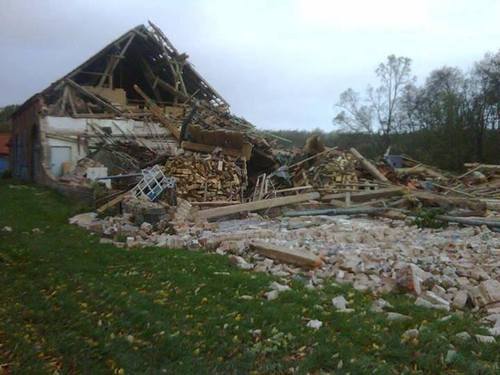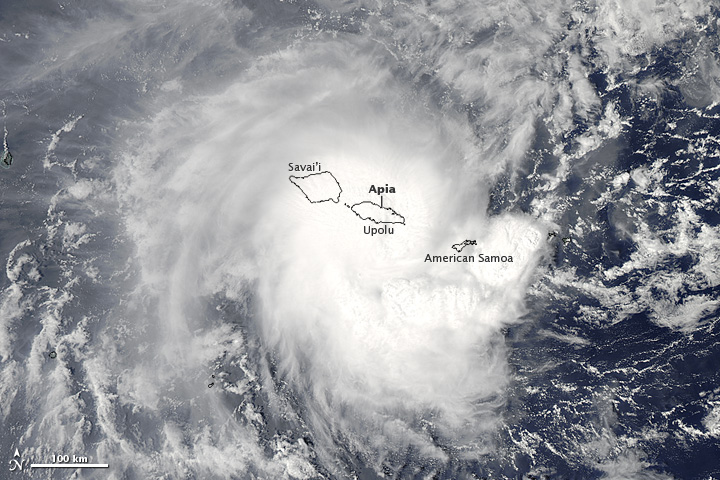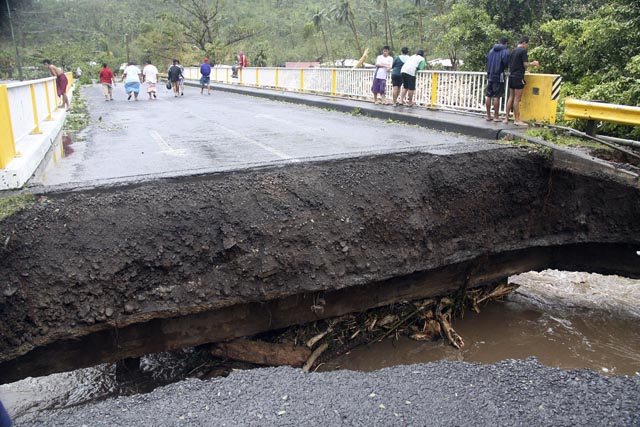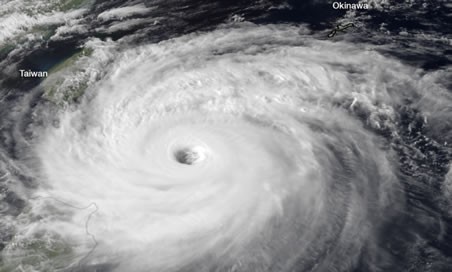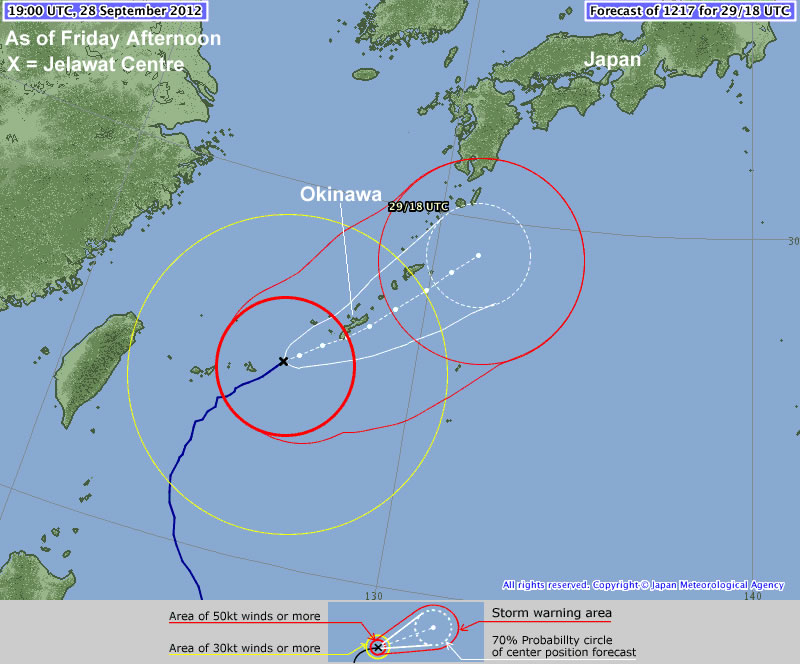Our weather may be about to take a turn towards more active conditions, as a major winter storm looms this week.
Monday
Cloudy. Snow.
-4°C / -8°C
The weather will begin to take a sour turn on Monday, with some initial bands of snow moving through Southern Manitoba. Areas along the International Border could see 5-10cm of snow through the day on Monday, with areas further north receiving 2-5cm. Temperatures will remain in the single digits with gusty north-east winds.
Tuesday
Snow. Blizzard Possible.
-8°C / -15°C
Tuesday is when things could really get ugly. As of Sunday evening, models were suggesting that this winter storm may move into north-western Minnesota on Tuesday evening, with it’s pressure dropping below 1000mb. At the same time, an arctic high is forecast to slide down into Alberta, generating a large pressure difference across the prairies. This pressure difference will generate very strong winds by late Tuesday. If this storm also produces snow in Southern Manitoba on Tuesday as we currently expect, then the combination of that snow and very strong winds will generate blizzard conditions. Total snowfall on Tuesday into Tuesday night could be 10-20cm in Southern Manitoba along with wind speeds of 40-50km/h gusting to 60-70km/h. Travel may become very difficult to impossible by Tuesday night.
Wednesday
Blizzard Ending
-15°C / -20°C
Snow may continue into Wednesday morning, along with the strong winds. If this storm tracks as currently expected we could see blizzard conditions persisting through a good part of Wednesday in Southern Manitoba. The wind should taper off somewhat on Wednesday night, but it will remain breezy on Thursday.
Long Range
The long range forecast is pretty simple – it will be COLD! After this week’s weather system departs on Wednesday we will see arctic air take over, and it will be the coldest airmass so far this season.

